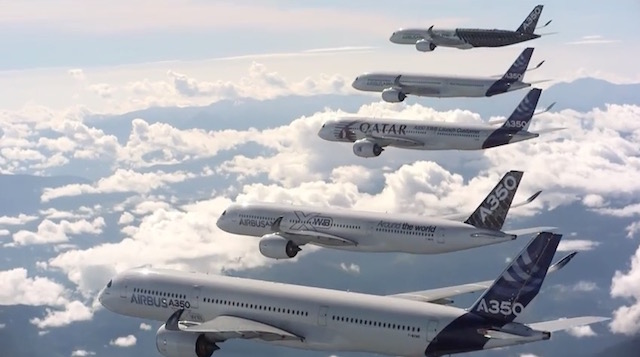Hal Singer and Robert Litan over at Progressive Policy Institute caused some stir recently with this paper claiming that if the Federal Communications Commission (FCC) reclassifies broadband as a Title II telecommunications service, it will tack on over $15 billion in new state taxes, fees and federal universal service charges. As Free Press already pointed out, (a) Congress extending the Internet Tax Freedom Act (ITFA) in the recent “CRomnibus” funding bill” takes the state tax issue off the table; and (b) even without ITFA, the PPI Report made a lot of questionable assumptions to reach their high number.
Update: Senator Ron Wyden (D-OR), one of the drafters of the IFTA extension, has this short but forceful statement about the claims that reclassifying broadband as Title II will allow states to tax broadband access despite IFTA. “Baloney.”
Happily, the ITFA extension lets us blow past the debate about whether states even use the FCC definition of “telecommunications” for revenue services (many don’t, see, e.g., this tax letter from Tennessee as an example). We can cut right to the chase on the big thing ITFA doesn’t cover — Universal Service Fund (USF). Here again, I want to blow past the question of the numbers used by PPI (which rely on a set of assumptions that amount to what we call in the trade a SWAG (“scientific wild ass guess”)) and focus on the debate we should be having — do we still believe in Universal Service or not?
If we no longer believe in Universal Service as a fundamental principle, fine. Lets own that and end the program. If we do believe in the principle of universal service, and we agree that broadband is the critical communications medium of the 21st Century, it makes no sense to play tax arbitrage games with definitions. The FCC continues to play silly, complicated games with the Connect America Fund (CAF) because everyone wants to redirect USF support to broadband but nobody wants to include broadband in the contribution base. As a result, an increasingly smaller base of voice services is supporting an increasingly larger set of overall services. This makes no sense and is inherently unsustainable.
As I explain below, this isn’t the first time we’ve debated the importance of universal service and whether we care enough about it to pay for it. Nor will reclassification trigger some sort of “sticker shock,” as the PPI paper suggests. Instead, as I explain below, reclassification is the prelude to the real debate we need to have on whether we still believe in the fundamental principle of service to all Americans, or not.





